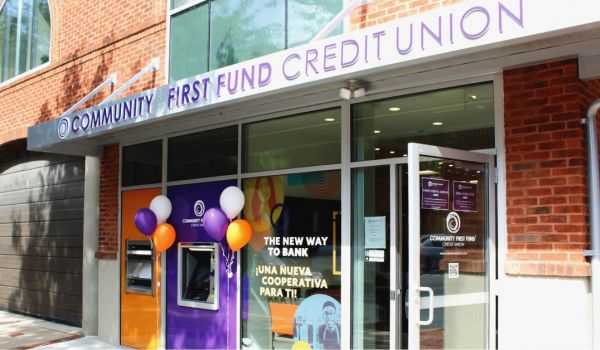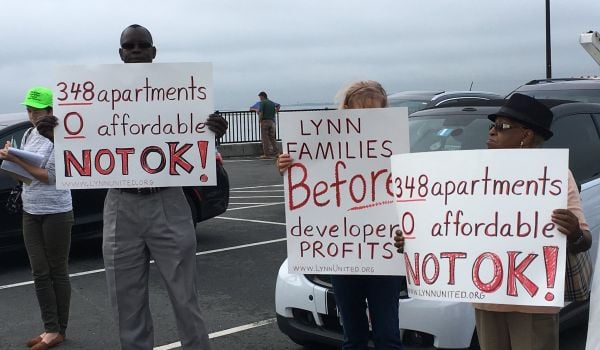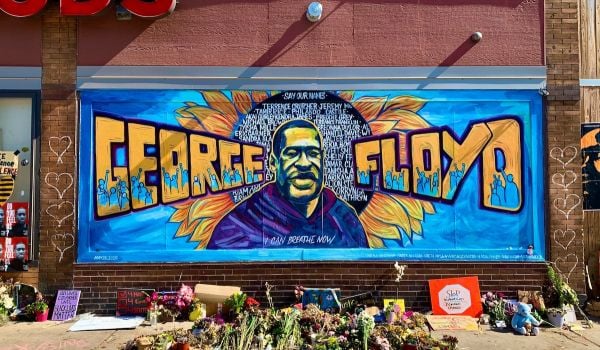Twenty-five years ago, in Washington, D.C., two dozen community development leaders gathered in a church basement to discuss widespread discrimination in commercial bank lending throughout the city. The meeting led to City First Enterprises, a nonprofit that opened the city’s first community development bank and has increased economic access and opportunity for D.C.’s low-income communities.
One of those community development leaders, John Hamilton, would find himself in a similar type of meeting in November 2017 in a very different city: his hometown of Bloomington, Ind., where, after serving as president of City First Enterprises for a decade, he was elected mayor in 2016.
Compared to working in community development in a bigger city, especially one full of policy wonks and current or former financial sector players, he faced a very different landscape in Bloomington, a smaller midwestern city without a framework to support community development financial institutions, or CDFIs. And so last November, he once again gathered a group — this time with CDFI and community bank representatives, as well as local community members — to figure out what could be done.
Four months later, Bloomington has introduced itself as the first ever “CDFI Friendly City,” in hopes of establishing a new model to bring national financing to local community development.
“That [November] meeting was an opportunity to think of what components could make a CDFI friendly city,” Hamilton says. “Our announcement is to start articulating what it means, in hopes that this will lead to Bloomington becoming a market where CDFIs can be active.”
CDFIs, which serve neighborhoods or groups the financial sector has historically neglected, have expanded in recent years but still aren’t reaching many American cities. “More than a quarter of counties in the U.S. have had no CDFI lending in the five years between 2011 and 2015,” says Brett Theodos, a principal research associate at the Urban Institute who studies on CDFIs.
In December 2017, the Urban Institute released a report breaking down the types of state and local policy that are important for CDFIs to enter a market. There are significant challenges for smaller communities and more rural areas, according to Theodos.
“CDFIs still rely on human interface … many have not become fully automated online lenders,” he notes. This becomes a challenge for communities outside of big cities, where CDFIs don’t often have a physical presence.
Despite CDFIs being largely non-profit lenders, “they’re still lenders trying to recoup a good part of their expenses from their lending activity,” Theodos says. Margins can be lower outside of big cities, where deals are smaller and real estate values are lower.
Given the hurdles, “if CDFIs are going to get to new communities, those communities are going to have to help,” Theodos says.
That was the thinking behind establishing Bloomington as a CDFI friendly city, Hamilton says. To help with the city’s brainstorm, he called Mark Pinsky, an old contact from the CDFI industry who now runs the advisory firm Five/Four Advisors.
Pinsky knew many existing CDFIs had an appetite to expand into new communities—“but the economics of that are hard,” he says. His idea: “First, you had to hang out a banner and say that you’d like CDFIs to come. Then what followed was a process, with the people of Bloomington, to figure out how a CDFI could work for them.”
Explaining the creative financing opportunities available through CDFIs to local community members — many of whom were unaware of how CDFIs worked — established the initial framework.
It was also crucial to secure local partnership. The Community Foundation of Bloomington provided seed funding for the process (along with the Bloomington Urban Enterprise Association and PNC Bank); the community foundation will also serve as the temporary fiscal sponsor for the effort.
The community foundation’s role goes beyond funding, according to president Tina Peterson. “We’ve been working on getting a better understanding of what this community needs in the way of creative financing, and introducing the idea to the broader community,” she says.
In the future, she says, “the goal is establish a new entity to manage the whole concept of a CDFI friendly city.”
As part of the initial framework, the working group identified opportunities in funding affordable housing projects currently in the planning process, facilities like child care centers, and community-oriented businesses. They also identified the need for a designated person, independent of local government, to serve as a liaison between these local investment opportunities and the CDFI investors operating outside of Bloomington.
Hamilton has requested $2 million of local public funding be dedicated to attract outside financing—$1.5 million for affordable housing support that will be available to leverage CDFIs willing to invest in the community, and $500,000 earmarked for CDFIs willing to support local and nontraditional small business growth.
“It’s a lot easier for a city to set its funding priorities if there’s some local money, [some] skin in the game,” Pinsky says. “It makes the city an at-risk player in what gets done.”
After building up this framework — which Pinsky documented in a white paper — a number of CDFIs courted by the mayor have expressed interest in moving forward with financing.
“We’ve been able to help the CDFI sector see this new approach, and we’ve invited them to pursue it with us,” Hamilton says.

Emily Nonko is a social justice and solutions-oriented reporter based in Brooklyn, New York. She covers a range of topics for Next City, including arts and culture, housing, movement building and transit.
Follow Emily .(JavaScript must be enabled to view this email address)












